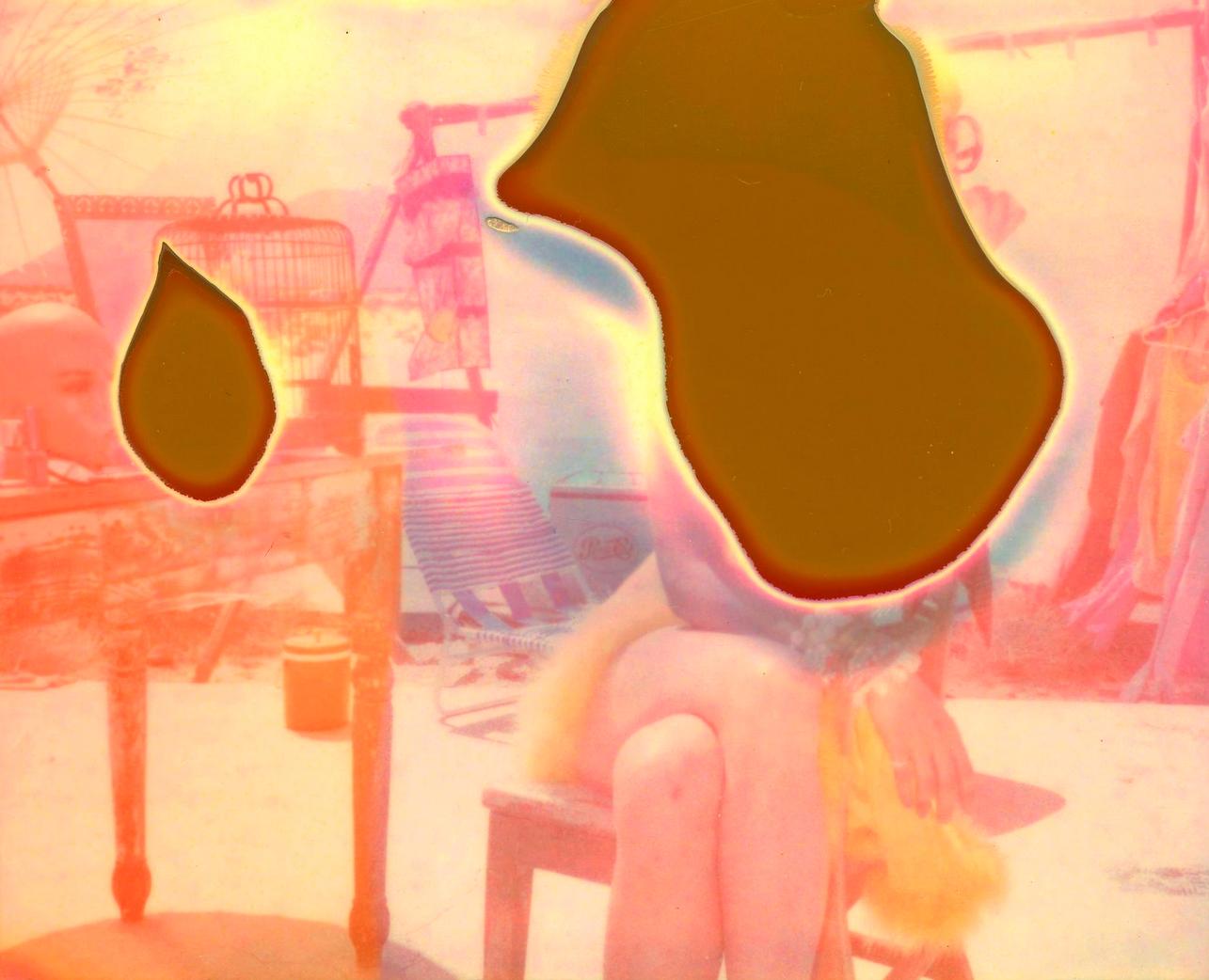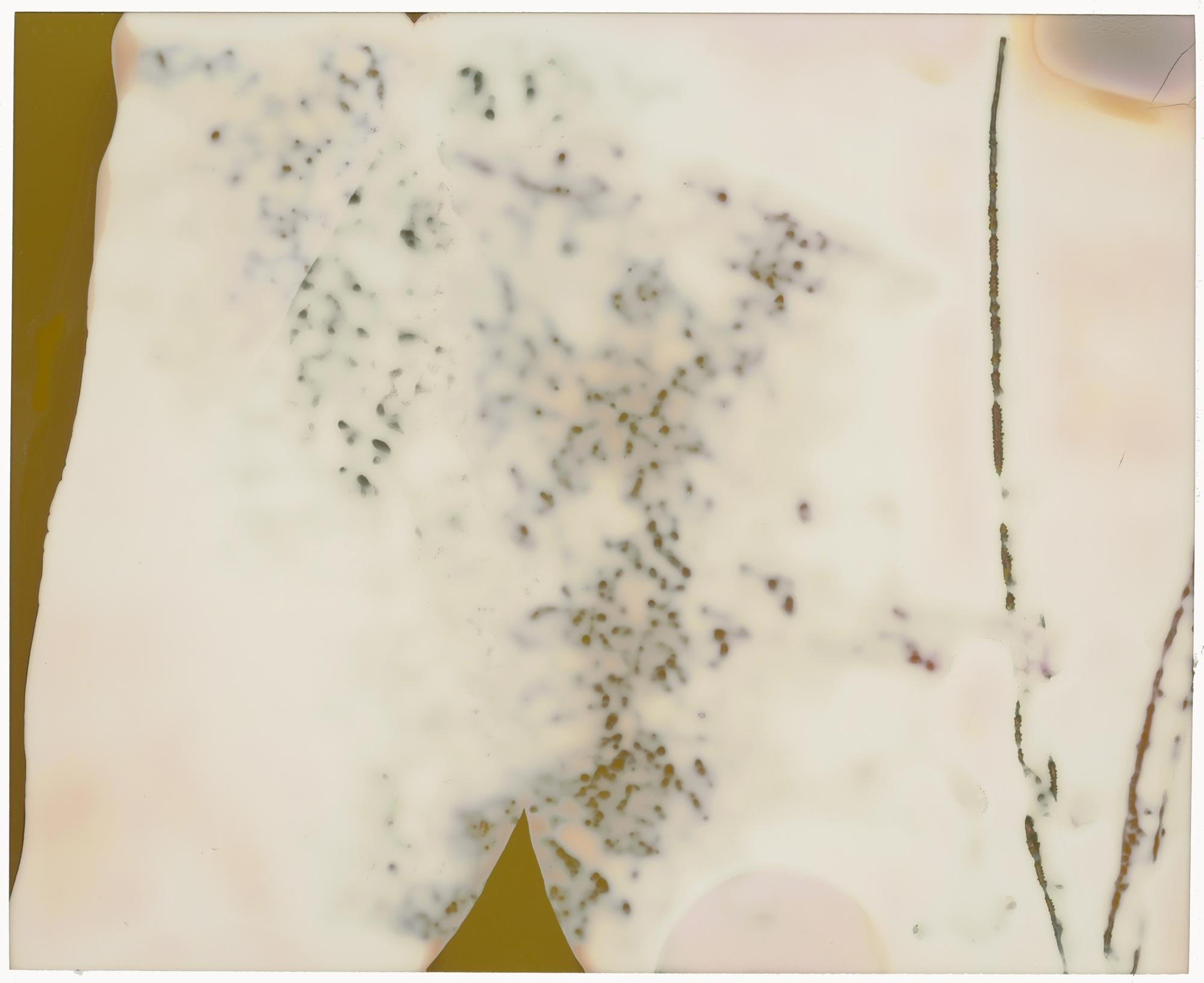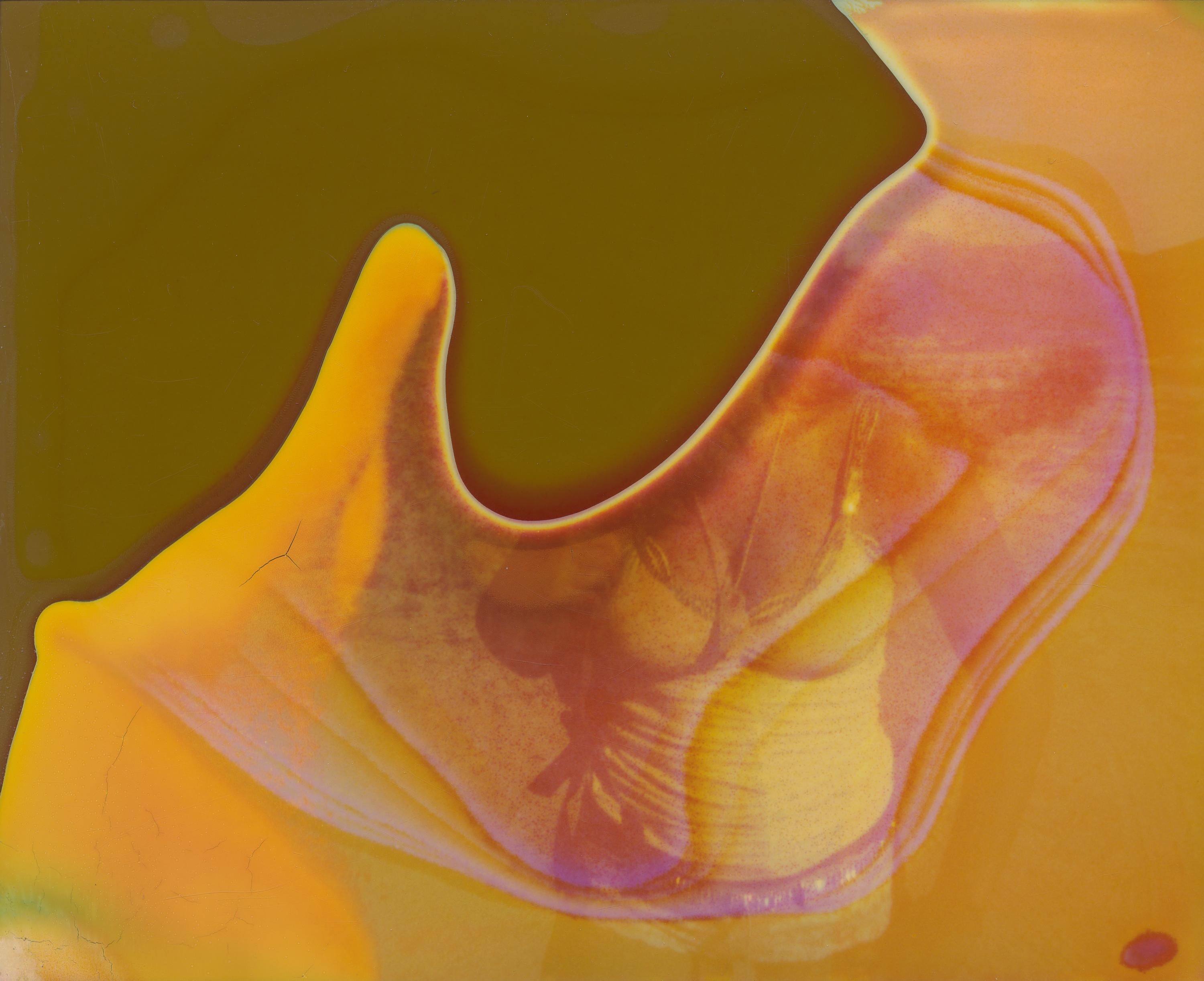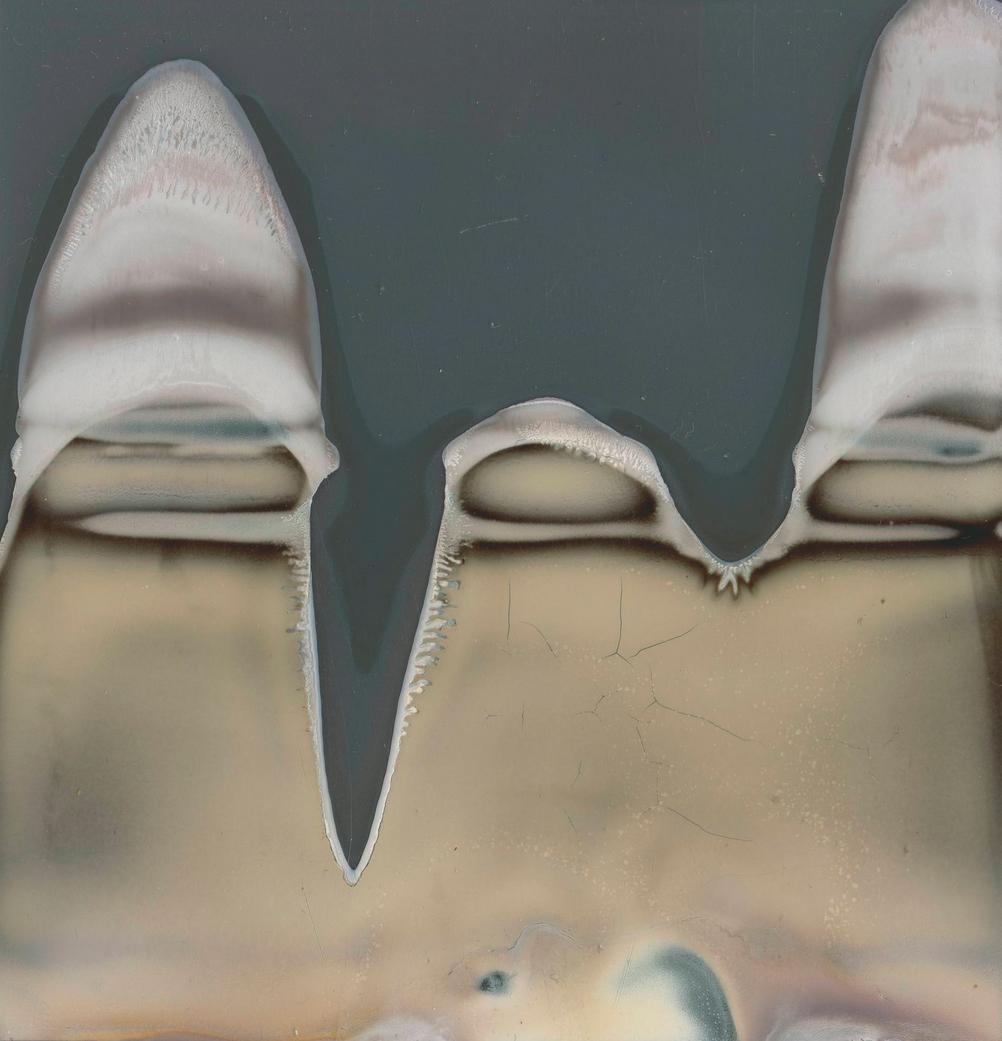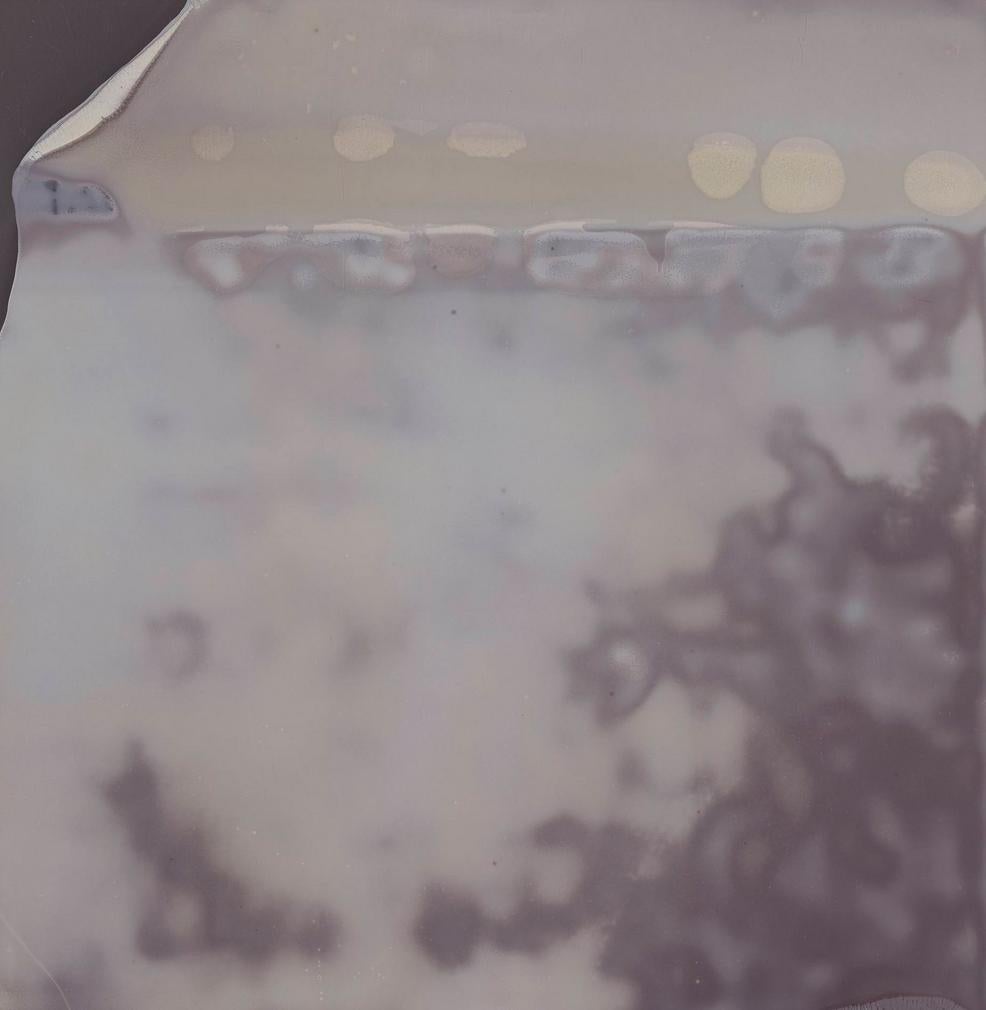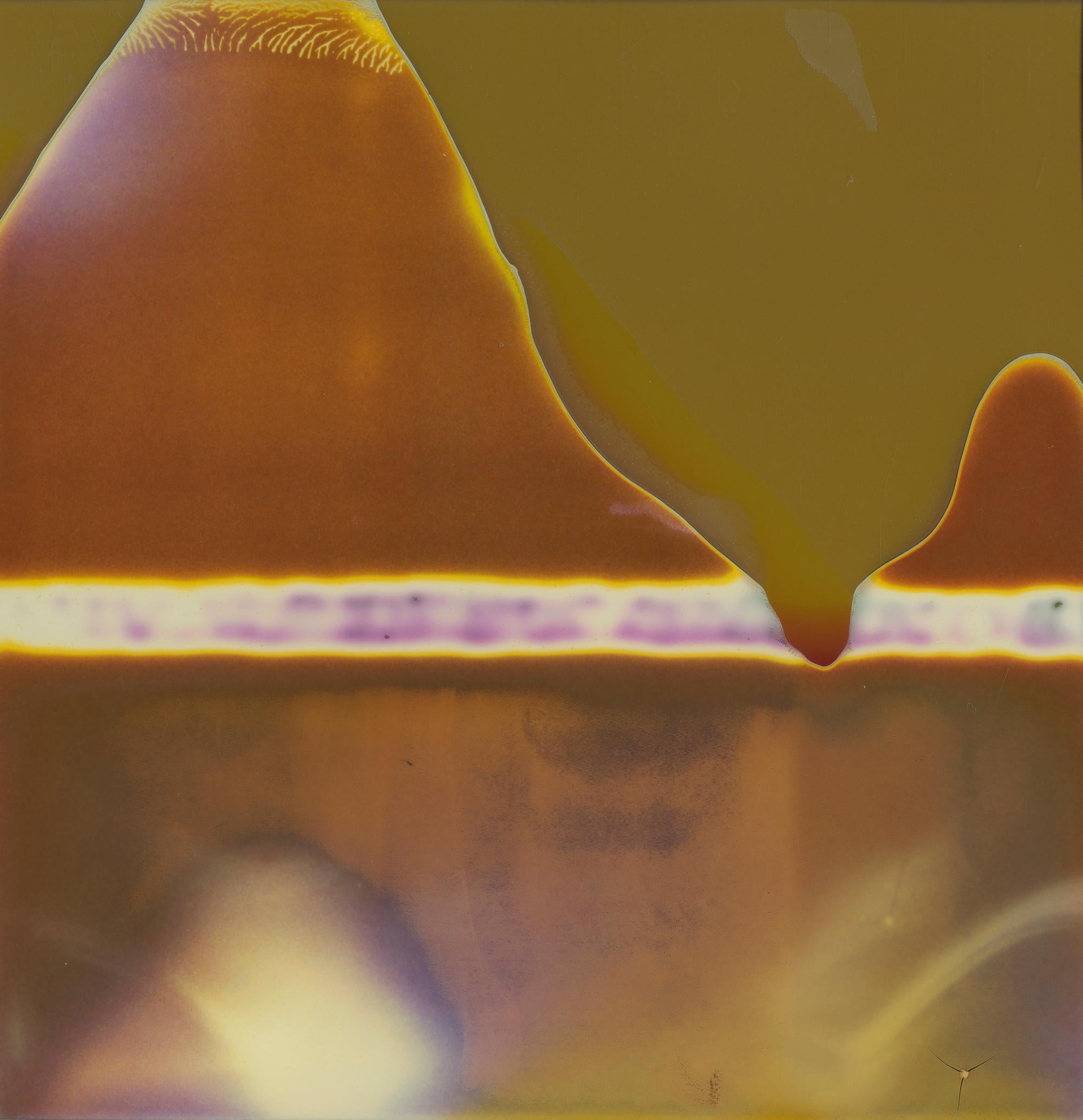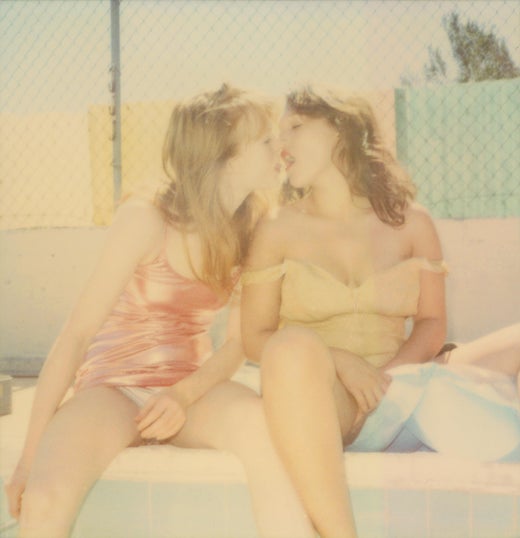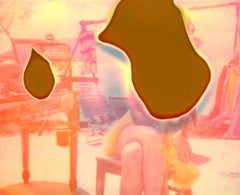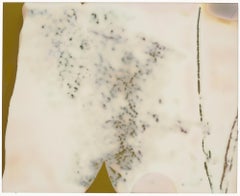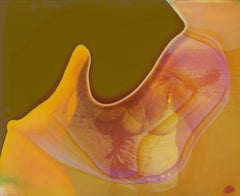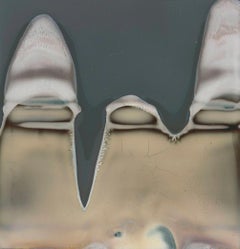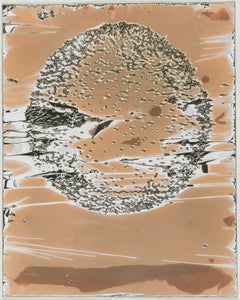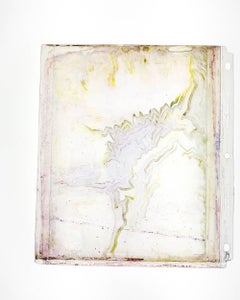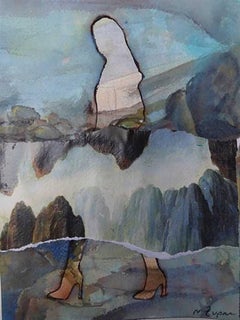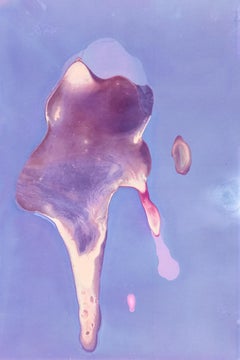Items Similar to Shattered (Heather's Dream) - Polaroid, Contemporary, color
Want more images or videos?
Request additional images or videos from the seller
1 of 5
Stefanie SchneiderShattered (Heather's Dream) - Polaroid, Contemporary, color2013
2013
$600
£453.23
€523.81
CA$843.16
A$937.45
CHF 493.62
MX$11,374.08
NOK 6,249.52
SEK 5,841.78
DKK 3,908.96
About the Item
Shattered (Heather's Dream) - 2013
part of "The Girl Behind the White Picket Fence"
38x48cm,
Edition of 10 plus 2 Artist Proofs.
Archival C-Print, based on the Polaroid.
Certificate and Signature label.
Artist Inventory No. 15036.
Not mounted.
Born in Germany in 1968, photographer Schneider divides her time between Berlin and Los Angeles. Her process begins in the American West, in locations such as the plains and deserts of Southern California, where she photographs her subjects. In Berlin, Schneider creates a negative from the Polaroid she shot in California and then enlarges her editions/works by hand.
Offered is a piece from the movie: The Girl Behind the White Picket Fence
A tale told with blemished and expired Polaroid film about the hopes and dreams of a newly orphaned girl after losing her parents who lived in the Californian desert in a vintage Spartan travel trailer.
-filmed with Polaroid film stock and Super-8 footage, overlaid with poetic voice-over monoloque - this feature film creates a dynamic kaleidoscope of words and pictures, a dreamy tale that channels Terrence Malick, Gus Van Sant, and pages torn from a lonely girl's journal (Palms Springs life magazine / Carolyn Ryder)
Stefanie Schneider lives and works in the high desert of Southern California where her scintillating situations take place in the American West. Situated on the verge of an elusive super-reality, her photographic sequences provide the ambiance for loosely woven storylines and a cast of phantasmic characters. Schneider works with the chemical mutations of expired polaroid film stock. Chemical explosions of color spreading across the surfaces undermine the photograph's commitment to reality and induce her characters into trance-like dreamscapes. Like flickering sequences of old road movies Schneider's images seem to evaporate before conclusions can be made - their ephemeral reality manifesting in subtle gestures and mysterious motives. Schneider's images refuse to succumb to reality, they keep alive the confusions of dream, desire, fact, and fiction.
- Creator:Stefanie Schneider (1968, German)
- Creation Year:2013
- Dimensions:Height: 14.97 in (38 cm)Width: 18.9 in (48 cm)Depth: 0.04 in (1 mm)
- Medium:
- Movement & Style:
- Period:
- Condition:
- Gallery Location:Morongo Valley, CA
- Reference Number:1stDibs: LU652314122212
Stefanie Schneider
Stefanie Schneider received her MFA in Communication Design at the Folkwang Schule Essen, Germany. Her work has been shown at the Museum for Photography, Braunschweig, Museum für Kommunikation, Berlin, the Institut für Neue Medien, Frankfurt, the Nassauischer Kunstverein, Wiesbaden, Kunstverein Bielefeld, Museum für Moderne Kunst Passau, Les Rencontres d'Arles, Foto -Triennale Esslingen., Bombay Beach Biennale 2018, 2019.
About the Seller
4.9
Platinum Seller
Premium sellers with a 4.7+ rating and 24-hour response times
Established in 1996
1stDibs seller since 2017
1,034 sales on 1stDibs
Typical response time: 2 hours
- ShippingRetrieving quote...Shipping from: Morongo Valley, CA
- Return Policy
Authenticity Guarantee
In the unlikely event there’s an issue with an item’s authenticity, contact us within 1 year for a full refund. DetailsMoney-Back Guarantee
If your item is not as described, is damaged in transit, or does not arrive, contact us within 7 days for a full refund. Details24-Hour Cancellation
You have a 24-hour grace period in which to reconsider your purchase, with no questions asked.Vetted Professional Sellers
Our world-class sellers must adhere to strict standards for service and quality, maintaining the integrity of our listings.Price-Match Guarantee
If you find that a seller listed the same item for a lower price elsewhere, we’ll match it.Trusted Global Delivery
Our best-in-class carrier network provides specialized shipping options worldwide, including custom delivery.More From This Seller
View AllChronometry (Stage of Consciousness) - Polaroid
By Stefanie Schneider
Located in Morongo Valley, CA
Chronometry (Stage of Consciousness) - 2008
20x20cm,
Edition of 10,
Archival C-Print, based on the Polaroid.
Certificate and Signature label.
Artist Inventory #6426
Not mounte...
Category
Early 2000s Contemporary Color Photography
Materials
Photographic Film, Archival Paper, C Print, Color, Polaroid
Revisions (Deconstructivism) - Contemporary, Expired Polaroid
By Stefanie Schneider
Located in Morongo Valley, CA
Revisions. (Deconstructivism) - 2020
- about the narrative potential of images.
20x24cm,
Edition of 10,
Archival C-Print, based on the Polaroid,
Artist Inventory 15714.
Signatur...
Category
Early 2000s Contemporary Abstract Photography
Materials
Archival Paper, Photographic Paper, C Print, Color, Polaroid
Living in a Dream (Till Death do us Part) - Contemporary, Polaroid, Women
By Stefanie Schneider
Located in Morongo Valley, CA
Living in a Dream (Till Death do us Part) - 2005
20x20cm,
Edition of 10,
Archival C-Print print, based on the Polaroid.
Certificate and Signature label, artist Inventory No. 9781.
Not mounted.
on offer is a piece from the movie "Till Death do us Part"
Stefanie Schneider’s Till Death Do Us Part
or “There is Only the Desert for You.”
BY DREW HAMMOND
Stefanie Schneider’s Til Death to Us Part is a love narrative that comprises three elements:
1.
A montage of still images shot and elaborated by means of her signature technique of using Polaroid formats with outdated and degraded film stock in natural light, with the resulting im ages rephotographed (by other means) enlarged and printed in such a way as to generate further distortions of the image.
2.
Dated Super 8 film footage without a sound track and developed by the artist.
3.
Recorded off-screen narration of texts written by the actors or photographic subjects, and selected by the artist.
At the outset, this method presupposes a tension between still and moving image; between the conventions about the juxtaposition of such images in a moving image presentation; and, and a further tension between the work’s juxtaposition of sound and image, and the conventional relationship between sound and image that occurs in the majority of films. But Till Death Do Us Part also conduces to an implied synthesis of still and moving image by the manner in which the artist edits or cuts the work.
First, she imposes a rigorous criterion of selection, whether to render a section as a still or moving image. The predominance of still images is neither an arbitrary residue of her background as a still photographer—in fact she has years of background in film projects; nor is it a capricious reaction against moving picture convention that demands more moving images than stills. Instead, the number of still images has a direct thematic relation to the fabric of the love story in the following sense. Stills, by definition, have a very different relationship to time than do moving images. The unedited moving shot occurs in real time, and the edited moving shot, despite its artificial rendering of time, all too 2009often affords the viewer an even greater illusion of experiencing reality as it unfolds. It is self-evident that moving images overtly mimic the temporal dynamic of reality.
Frozen in time—at least overtly—still photographic images pose a radical tension with real time. This tension is all the more heightened by their “real” content, by the recording aspect of their constitution. But precisely because they seem to suspend time, they more naturally evoke a sense of the past and of its inherent nostalgia. In this way, they are often more readily evocative of other states of experience of the real, if we properly include in the real our own experience of the past through memory, and its inherent emotions.
This attribute of stills is the real criterion of their selection in Til Death Do Us Part where consistently, the artist associates them with desire, dream, memory, passion, and the ensemble of mental states that accompany a love relationship in its nascent, mature, and declining aspects.
A SYNTHESIS OF MOVING AND STILL IMAGES BOTH FORMAL AND CONCEPTUAL
It is noteworthy that, after a transition from a still image to a moving image, as soon as the viewer expects the movement to continue, there is a “logical” cut that we expect to result in another moving image, not only because of its mise en scène, but also because of its implicit respect of traditional rules of film editing, its planarity, its sight line, its treatment of 3D space—all these lead us to expect that the successive shot, as it is revealed, is bound to be another moving image. But contrary to our expectation, and in delayed reaction, we are startled to find that it is another still image.
One effect of this technique is to reinforce the tension between still and moving image by means of surprise. But in another sense, the technique reminds us that, in film, the moving image is also a succession of stills that only generate an illusion of movement. Although it is a fact that here the artist employs Super 8 footage, in principle, even were the moving images shot with video, the fact would remain since video images are all reducible to a series of discrete still images no matter how “seamless” the transitions between them.
Yet a third effect of the technique has to do with its temporal implication. Often art aspires to conflate or otherwise distort time. Here, instead, the juxtaposition poses a tension between two times: the “real time” of the moving image that is by definition associated with reality in its temporal aspect; and the “frozen time” of the still image associated with an altered sense of time in memory and fantasy of the object of desire—not to mention the unreal time of the sense of the monopolization of the gaze conventionally attributed to the photographic medium, but which here is associated as much with the yearning narrator as it is with the viewer.
In this way, the work establishes and juxtaposes two times for two levels of consciousness, both for the narrator of the story and, implicitly, for the viewer:
A) the immediate experience of reality, and
B) the background of reflective effects of reality, such as dream, memory, fantasy, and their inherent compounding of past and present emotions.
In addition, the piece advances in the direction of a Gesammtkunstwerk, but in a way that reconsiders this synaesthesia as a unified complex of genres—not only because it uses new media that did not exist when the idea was first enunciated in Wagner’s time, but also because it comprises elements that are not entirely of one artist’s making, but which are subsumed by the work overall. The totality remains the vision of one artist.
In this sense, Till Death Do Us Part reveals a further tension between the central intelligence of the artist and the products of other individual participants. This tension is compounded to the degree that the characters’ attributes and narrated statements are part fiction and part reality, part themselves, and part their characters. But Stefanie Schneider is the one who assembles, organizes, and selects them all.
THE RELATIONSHIP BETWEEN THIS IDEA (above) AND PHOTOGRAPHY
This selective aspect of the work is an expansion of idea of the act of photography in which the artistic photographer selects that which is already there, and then, by distortion, definition or delimitation, compositional and lighting emphasis, and by a host of other techniques, subsumes that which is already there to transform it into an image of the artist’s contrivance, one that is no less of the artist’s making than a work in any other medium, but which is distinct from many traditional media (such as painting) in that it retains an evocation of the tension between what is already there and what is of the artist’s making. Should it fail to achieve this, it remains, to that degree, mere illustration to which aesthetic technique has been applied with greater or lesser skill.
The way Til Death Do Us Part expands this basic principle of the photographic act, is to apply it to further existing elements, and, similarly, to transform them. These additional existing elements include written or improvised pieces narrated by their authors in a way that shifts between their own identities and the identities of fictional characters. Such characters derive partially from their own identities by making use of real or imagined memories, dreams, fears of the future, genuine impressions, and emotional responses to unexpected or even banal events. There is also music, with voice and instrumental accompaniment. The music slips between integration with the narrative voices and disjunction, between consistency and tension. At times it would direct the mood, and at other times it would disrupt.
Despite that much of this material is made by others, it becomes, like the reality that is the raw material of an art photo, subsumed and transformed by the overall aesthetic act of the manner of its selection, distortion, organization, duration, and emotional effect.
* * *
David Lean was fond of saying that a love story is most effective in a squalid visual environment. In Til Death Do Us Part, the squalor of the American desert...
Category
Early 2000s Contemporary Color Photography
Materials
Archival Paper, Photographic Paper, C Print, Color, Polaroid
Ripped (Deconstructivism) - Polaroid
By Stefanie Schneider
Located in Morongo Valley, CA
Ripped (Deconstructivism) - 2008
20x20cm,
Edition of 10,
Archival C-Print, based on the Polaroid.
Certificate and Signature label.
Artist Inventory #4600
Not mounted.
Stefani...
Category
Early 2000s Contemporary Color Photography
Materials
Photographic Film, Archival Paper, C Print, Color, Polaroid
The Ocean (Deconstructivism) - Polaroid
By Stefanie Schneider
Located in Morongo Valley, CA
The Ocean (Deconstructivism) - 2008
20x20cm,
Edition of 10,
Archival C-Print, based on the Polaroid.
Certificate and Signature label.
Artist Inventory #15836
Not mounted.
Ste...
Category
Early 2000s Contemporary Color Photography
Materials
Photographic Film, Archival Paper, C Print, Color, Polaroid
Summer Interlude I (Deconstructivism) - Contemporary, Expired Polaroid
By Stefanie Schneider
Located in Morongo Valley, CA
Summer Interlude I (Deconstructivism) - 2020
- about the narrative potential of images.
40x40cm, Edition of 10,
digital C-Print, based on a Polaroid,
Artist Inventory 5901.
Signa...
Category
Early 2000s Contemporary Abstract Photography
Materials
Archival Paper, Photographic Paper, C Print, Color, Polaroid
You May Also Like
Shattered
By Anne Arden McDonald
Located in Sante Fe, NM
Chemigram – A Chemigram, from "chemistry" and gramma – Greek for "things written," is a photographic practice where an image is made by painting with chemicals directly on light-sen...
Category
2010s Contemporary Abstract Photography
Materials
Silver Gelatin
Untitled 14.11 (1991-2014)
By Rita Maas
Located in Sante Fe, NM
20th Century Plastics
The images in this series resemble gestural abstract paintings while clearly being something else. Driven by entropic forces, pictures once fixed within long...
Category
21st Century and Contemporary Contemporary Color Photography
Materials
Archival Pigment
Price Upon Request
Eternal Recurrence #3. Large limited edition color photograph
By Natasha Zupan
Located in Miami Beach, FL
Zupan combines images from old masters, alchemical prints, contemporary artists, and bits from magazines and newspapers to create overlapping, intersecting worlds of transparencies a...
Category
2010s Pop Art Abstract Photography
Materials
Color, Archival Pigment
Recordings (Olvidado). Abstract color photograph
By Javier Rey
Located in Miami Beach, FL
Recordings is a collection series of experiences with different men who have passed through my life sporadically. During this process, I collect the peak moment of joy, the ecstasy o...
Category
21st Century and Contemporary Contemporary Color Photography
Materials
Color, Archival Pigment
Untitled 14.17 (1990-2014)
By Rita Maas
Located in Sante Fe, NM
20th Century Plastics
The images in this series resemble gestural abstract paintings while clearly being something else. Driven by entropic forces, pictures once fixed within long...
Category
21st Century and Contemporary Contemporary Color Photography
Materials
Archival Pigment
Price Upon Request
#139, Abstract, Photography, Painting, Expressionism
By Joachim Schmeisser
Located in München, BY
Unique piece
More sizes and an Essay from Lyle Rexer about this series on request.
Joachim Schmeisser’s work rescues photography from the centuries-old straightjacket of realism to...
Category
2010s Abstract Abstract Paintings
Materials
Pigment
